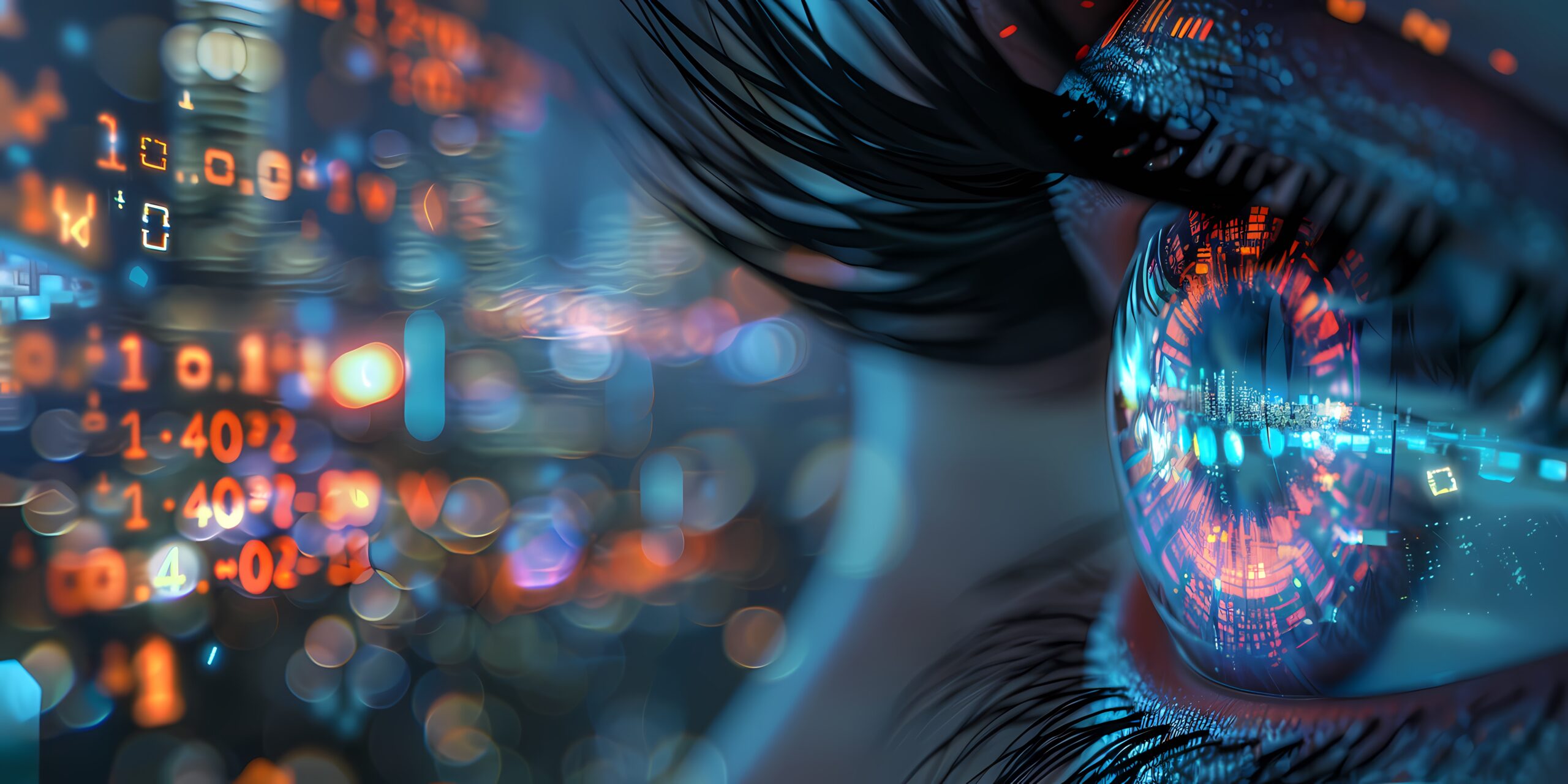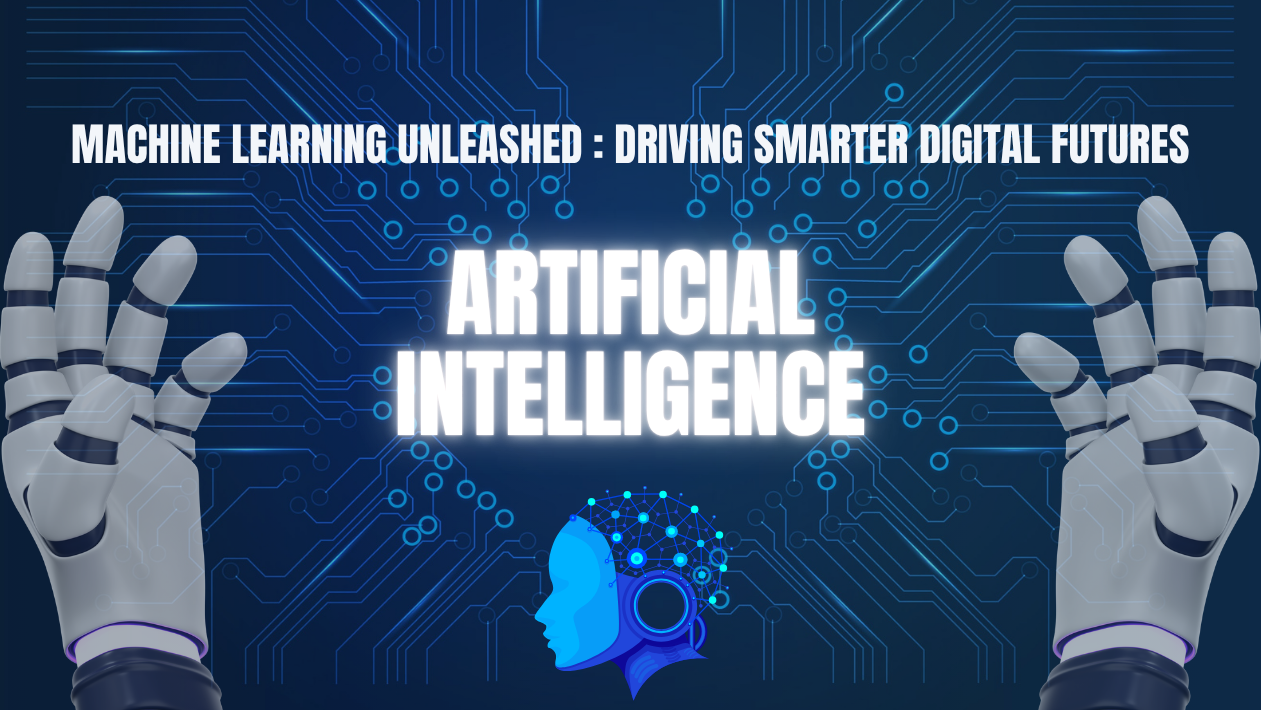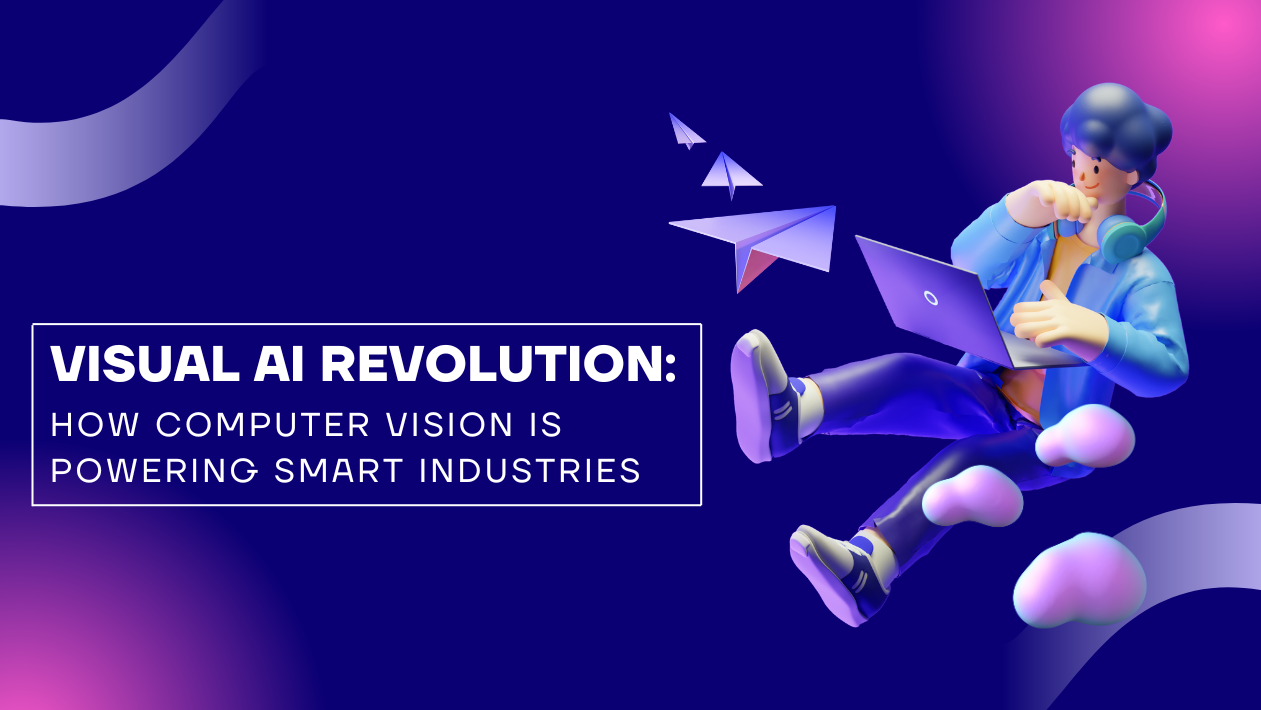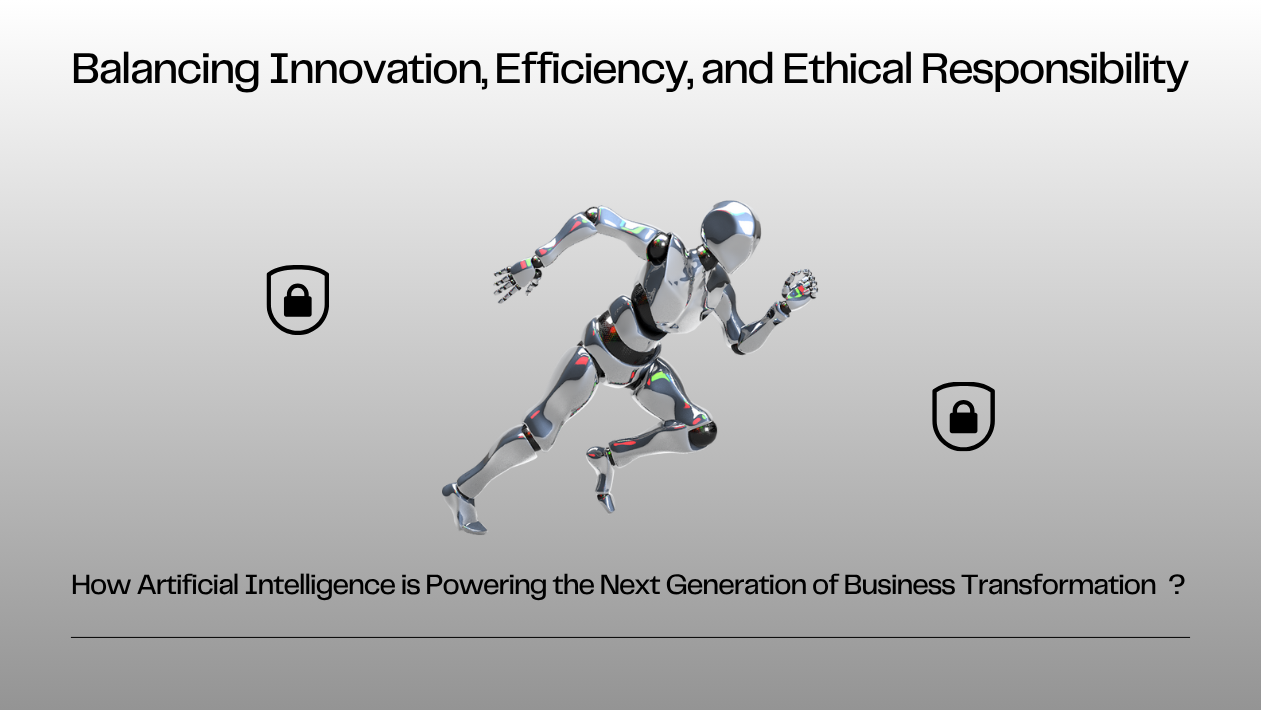In 2025, Computer Vision (CV) is rapidly transforming industries—from retail and manufacturing to healthcare, agriculture, and urban infrastructure. Once limited to object detection and facial recognition, today’s computer vision systems are capable of real-time analysis, emotion detection, autonomous navigation, and even interpreting human intent.
Global investment in CV technologies is projected to surpass $60 billion by the end of 2025, driven by advancements in edge computing, AI chips, and self-learning neural networks.
Retail and Smart Cities Lead in Adoption
In retail, computer vision enables cashierless checkout, shoplifting prevention, and shelf inventory monitoring. Companies like Amazon Go, Zebra Technologies, and Trax are using advanced CV to reduce labor costs and improve customer experience.
Meanwhile, smart cities are deploying CV for traffic flow optimization, public safety monitoring, and automated parking enforcement. Real-time video feeds powered by AI detect incidents and alert authorities within seconds.
Manufacturing Uses CV for Quality Assurance and Safety
Manufacturers now rely on CV systems for automated defect detection, safety compliance, and predictive maintenance. With high-resolution cameras and deep learning models, even microscopic flaws can be identified on production lines, improving efficiency and reducing waste.
Platforms like Landing AI, Siemens Industrial Edge, and Cognex VisionPro are driving adoption across global factories.
Healthcare Applications Expand to Diagnostics and Surgery
Computer vision in healthcare is making diagnostics faster and more accurate. AI models trained on medical imagery—X-rays, MRIs, and CT scans—can now detect abnormalities with accuracy rivaling human radiologists. Surgeons are also using AR-assisted CV systems for precision-guided operations.
The FDA recently approved several CV-powered diagnostic tools for use in oncology and cardiology.
Autonomous Vehicles and Drones Advance with Multi-Modal Vision
Self-driving cars and aerial drones are evolving with multi-modal CV, which fuses camera, LiDAR, and thermal imaging data to understand environments with high accuracy. Tesla, Waymo, and DJI are leading the charge with new systems that improve navigation in poor weather and low visibility.
Ethical Concerns Around Surveillance and Bias Remain
Despite the progress, CV continues to raise concerns around privacy, mass surveillance, and algorithmic bias, especially in facial recognition technologies. Regulators worldwide are calling for stricter oversight and clearer boundaries on how CV data is captured and used.
The EU’s AI Act and California’s Computer Vision Privacy Bill are among the first legislative responses to this evolving challenge.
Outlook: Vision-Enabled Systems Will Power the Next Wave of Automation
As CV becomes more accessible and intelligent, its role will expand beyond detection to comprehension, prediction, and even interaction. Industries that embrace computer vision today will unlock new efficiencies, reduce errors, and deliver smarter, safer experiences tomorrow.





